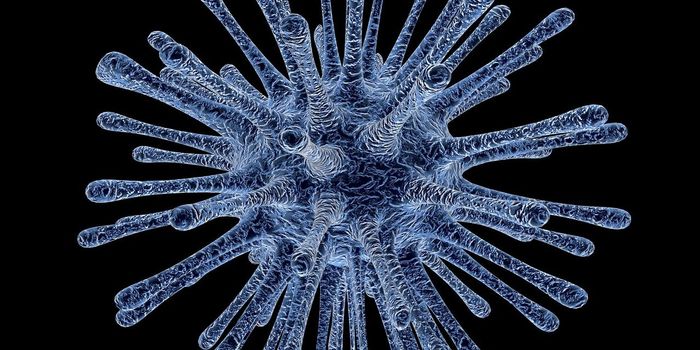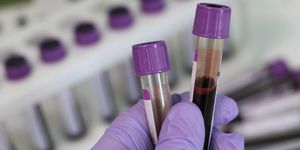Bacteria armed with poison arrows and excruciating abdominal pains caused by raging inflammation in the gut. While the cause and effect of pathogenic Clostridioides difficile infections are well known, the molecular mechanisms that govern these processes are still a matter of debate. Until now, scientists have had one key piece of the puzzle: C. difficile’s toxin A triggers an innate immune response. Now, researchers at UCLA and Harvard University have unraveled just how the toxin does this, shedding more light on the inner workings of this potentially deadly infection.
Published in the journal Gastroenterology, the team, led by Ciarán P. Kelly, took a closer look at the molecular structure of Toxin A using analytical tools powered by machine learning as well as synchrotron small-angle X-ray scattering. They were able to zero in on the precise segment of Toxin A that crosses over the cell membrane and attaches to endosomes, cellular organelles that regulate the trafficking of proteins and lipids.
The gut presents an extremely hostile environment for bacteria. Not many can survive the hydrochloric acid present in gastric juice. What has baffled scientists is how C. difficile’s toxin A protein can withstand these harsh conditions and induce inflammation within the gut. Kelly and colleagues found that toxin A is degraded into fragments within the acidic, protease-rich gastric juice. Fascinatingly, the fragments remained potent, organizing their DNA into geometrically-ordered structures that resembled crystals. These were able to activate and amplify immune responses via the toll-like receptor 9. This receptor recognizes bacterial and viral DNA containing specific chemical motifs. This process then unleashes the excessive inflammation in the gut.
C. difficile infections are a common healthcare-associated infection costing the U.S. around $1.5 billion annually. Certain medications and a recent history of food poisoning are thought to increase the risk of infections outside of a hospital setting. An uptick in the global rates of infections means that there is an urgent need for improved methods of treating or preventing C. difficile infections. This new understanding of how toxin A exerts its devastating effects is a significant step in the right direction.
Sources: Gastroenterology, New England Journal of Medicine.









